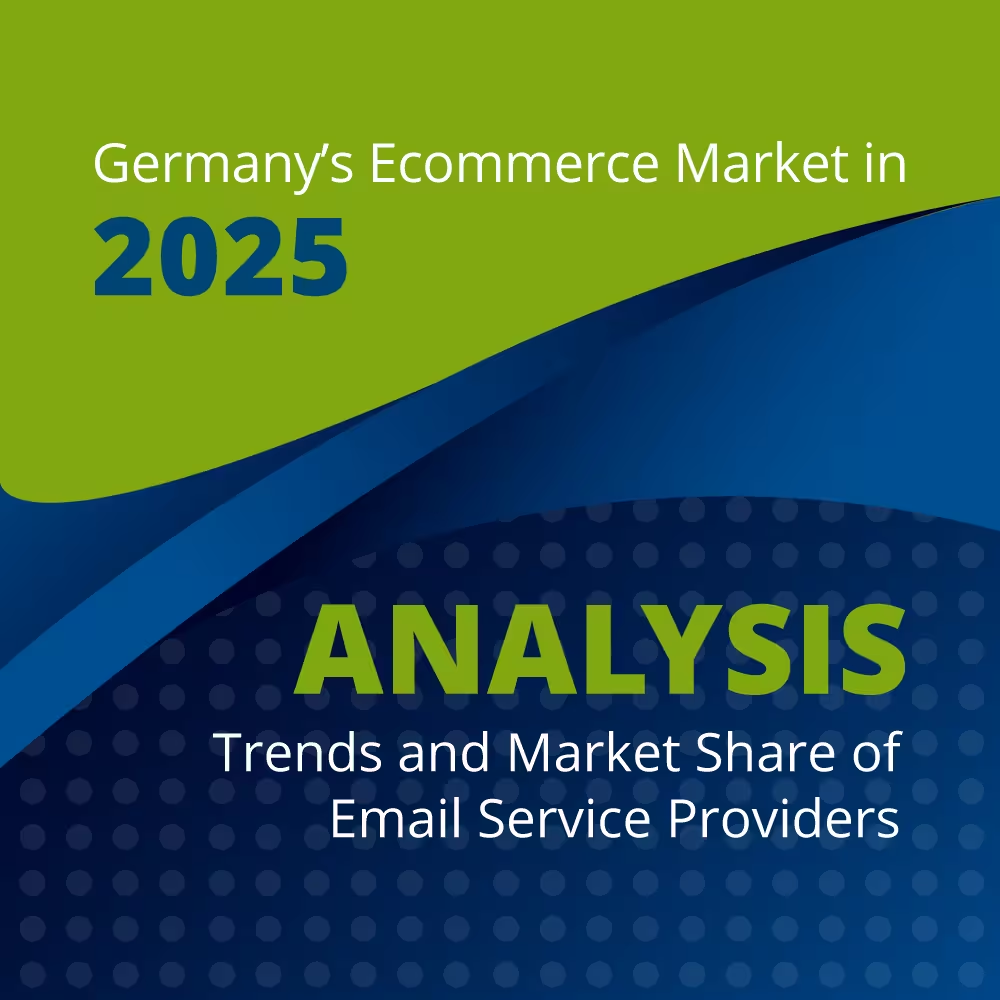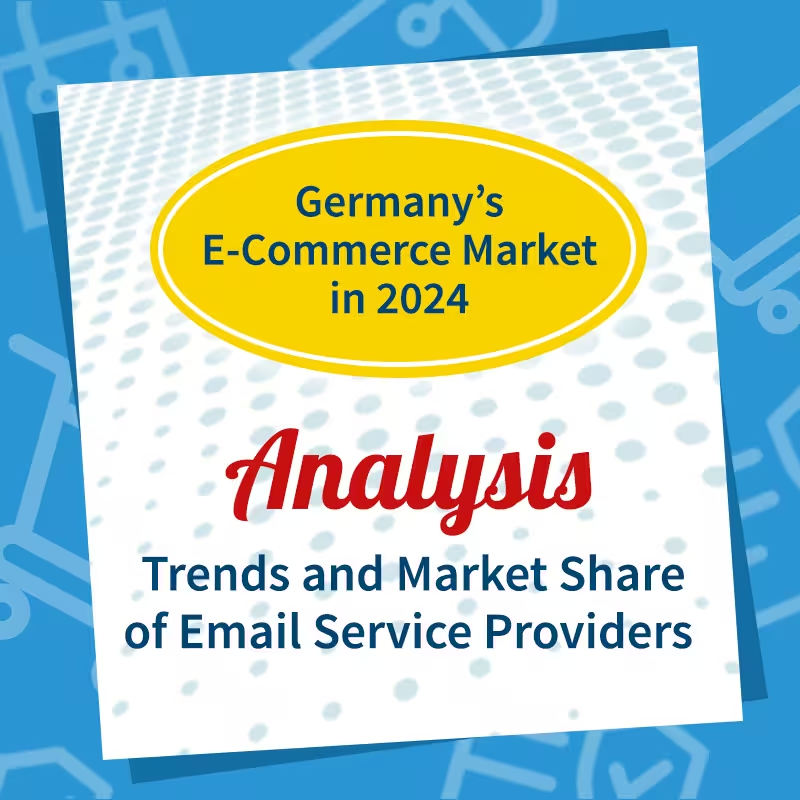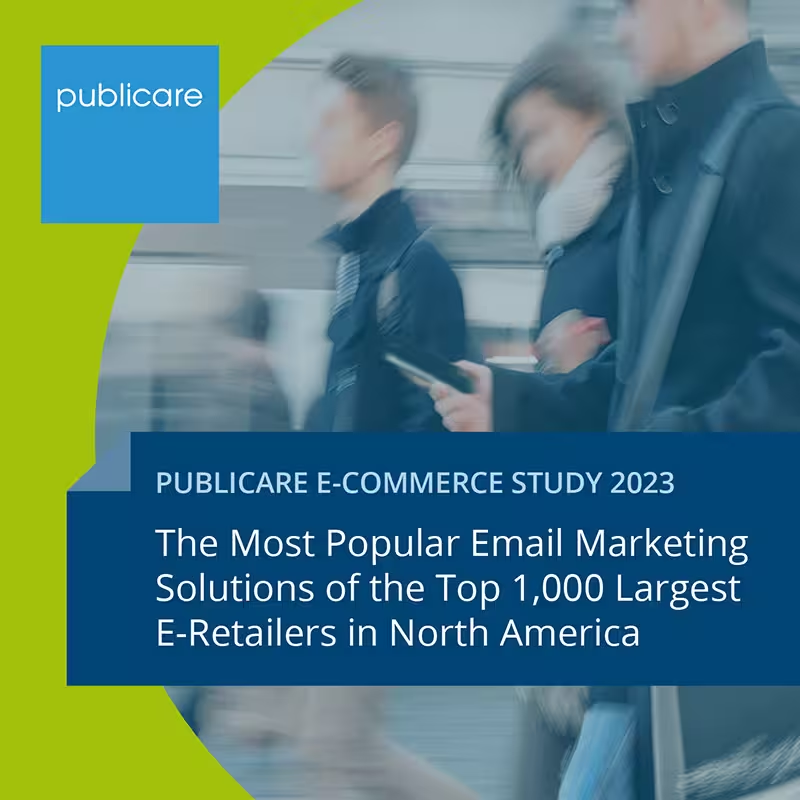Using interactive elements correctly in email marketing
Situations that every email marketer is familiar with:
- You send an email to your customers asking for a product or service review on your website.
- You offer a lead to schedule a consultation on a landing page or call your call center.
- You want your subscribers to register in the Preference Center which topics and products they are most interested in.
- Recipients of a welcome route should complete their profile information in a form.
What conversion rate can you expect?

In email marketing, channel and media breaks are omnipresent: An email is read, recipients click to trigger an action, but they can only execute this on the target page in the browser or app (see examples on the right). Such processes are a real challenge for conversions. Interactive emails can be a solution for this — but there are a few things to consider when using them!
Interactive forms open up completely new opportunities for recipients to interact directly with the company. The willingness to leave a review, share additional profile data or preferences, or provide other feedback is likely to increase when recipients no longer have to leave the email at all. Recipients spend longer on interactive emails and click more often.
Liveclicker reports in a Case Study of a 78% click-through rate for emails with live surveys: “Adding poll questions [...] led recipients to keep the email open longer, and it achieved a 78% click-through rate for those openers who responded.”
From simple to sophisticated: How to integrate interactive elements
Many providers of product review tools for online shops (such as nicereply.com, stamped.io/, reviews.io, yotpo.com, judge.me) offer the automatic sending of interactive product review emails in addition to on-site evaluation. The evaluation templates can be individually styled to a certain extent. A fallback variant for clients where the rating does not work directly in the email is automatically created and links to the product review in the shop. The data is stored in the evaluation tool and — depending on the provider and setup — can be transferred from there to your own systems.
Easy surveys
Small surveys with simple answer options (A, B or C) can be easily displayed in emails — even without complex form technology. You let recipients vote on one of the answer options at the click of a mouse and link to a corresponding “Thank you for participating” landing page. The vote is evaluated via link tracking.
So-called “live polls” (e.g. with our Picsonal service) are even more attractive, which not only include the answers, but also display the current results of the vote live directly in the email.
Sophisticated use cases
When it comes to more sophisticated use cases, such as lead generation or progressive profiling, you can rely on email service providers or your own developer resources.
Upler's email (formerly EmailMonks) or email editors such as Dyspatch.io offer the programming of interactive emails using a combination of HTML, CSS and AMP for email. As a result, the forms in Gmail and Apple Mail work — all other recipients see the fallback variant. According to the provider, this makes sense if these two email clients are used by 60% of the target group. This will not be the case with the email distribution lists of most German companies.
Experienced email coders can program forms for their emails themselves. It is important to carry out intensive live testing in different email clients to ensure user-friendliness, reliable data transfer to the target system and good presentation in various clients.
Another challenge of self-programmed forms can be hidden in the email editor of the email delivery service provider. Some email service providers remove certain code elements from the source code of self-programmed emails due to security concerns. Intensive testing is also recommended here.
Interactive email form blocks from Salesforce Marketing Cloud
Salesforce Marketing Cloud (which acquired Rebelmail in 2019) has this year Interactive Email Form Blocks published. The forms are created here using HTML and CSS in the background. Customers' answers are transferred directly to a Salesforce Cloud Page and stored in a data extension. The form elements can be styled directly in the Content Builder interface. This is handy because not all styles that you use on a form landing page can be converted into emails (Litmus described the styling challenges in detail in the blog post mentioned above). With drag & drop, the blocks can be dragged into the email and the alternative image block can also be created in the interface.
Program diversity and data protection challenges
In the last year, we have Already blogged about this topic and came to the conclusion that the fragmented Internet service provider landscape, the wide distribution of email clients and devices combined with a lack of technical standards in email rendering makes it extremely difficult to use interactive elements in emails. In May this year, Litmus published an overview of the Support for integrated forms in emails creates and concludes that poor client-side support is no longer a valid argument: “4 out of the top 5 email clients [...] support interactive forms, and those account for over 80% of all email opens, according to Litmus' Email Client Market Share.”
What works where?
Is that true, should you stop procrastinating and get started? Forms in email can work in the following email programs: Apple Mail, Gmail Desktop, Yahoo Desktop, AOL, Outlook for Mac. However, filling out text boxes in email only works to a limited extent at Apple, for example. Thunderbird does display a form, but it doesn't work.
The following clients do not display the form, but a fallback image that can be linked to a form landing page: Lotus Notes, Outlook 2007, 2010, 2013, Outlook.com, Gmail app, Yahoo app. In the B2B sector, the situation is quite clear: Business customers in Germany still rely largely on Outlook and the forms do not work there. Therefore, in the B2B sector, you can save yourself the effort and send emails with fallback images directly.
In the consumer sector in Germany, however, you definitely also need support from popular providers such as United Internet (GMX, Web.de), T-Online and Freenet look at (cf. also Germany's favorite email service 2019): Here too, the forms in the email do not work, only the fallback images are displayed.
Keep an eye on data security
If you take a closer look at the Litmus overview, it is also noticeable that the forms in the corresponding clients only work well if the data is transferred via “GET”. However, there are security concerns about data transmission via GET: The data transfer is unencrypted and the form values are transmitted in plain text in the URL, which makes it easy for third parties to read user data — unless no personal data is transferred in the form, only IDs.
conclusion
So if you want to integrate (evaluation) forms into emails, you should definitely both keep an eye on data security and ensure that the fallback version is well designed and that the linked form landing page is optimized for conversions — because unfortunately not all recipients can avoid this media change yet. If you are unsure whether your use case of an interactive email can be implemented, we will be happy to advise you in more detail!
















